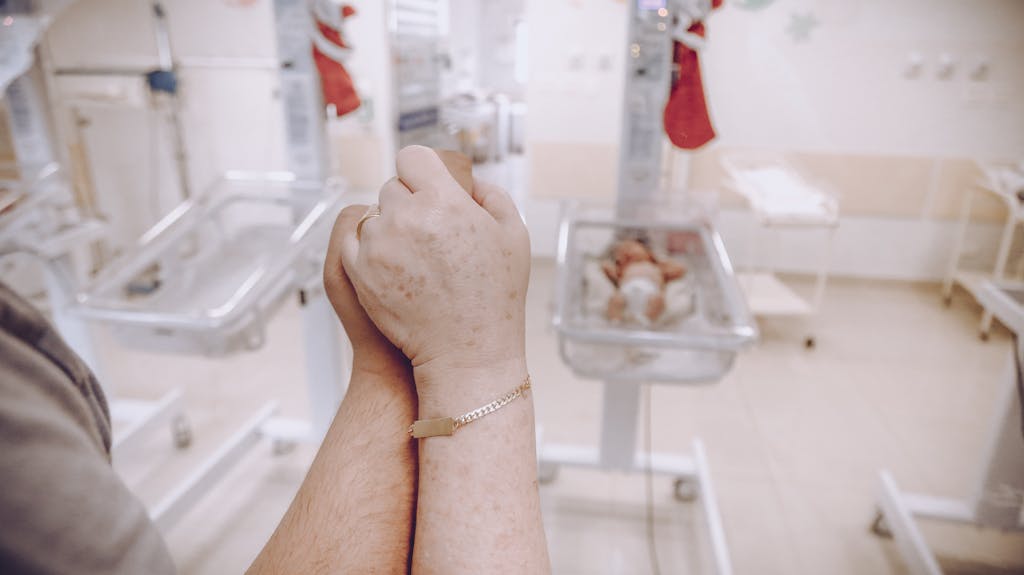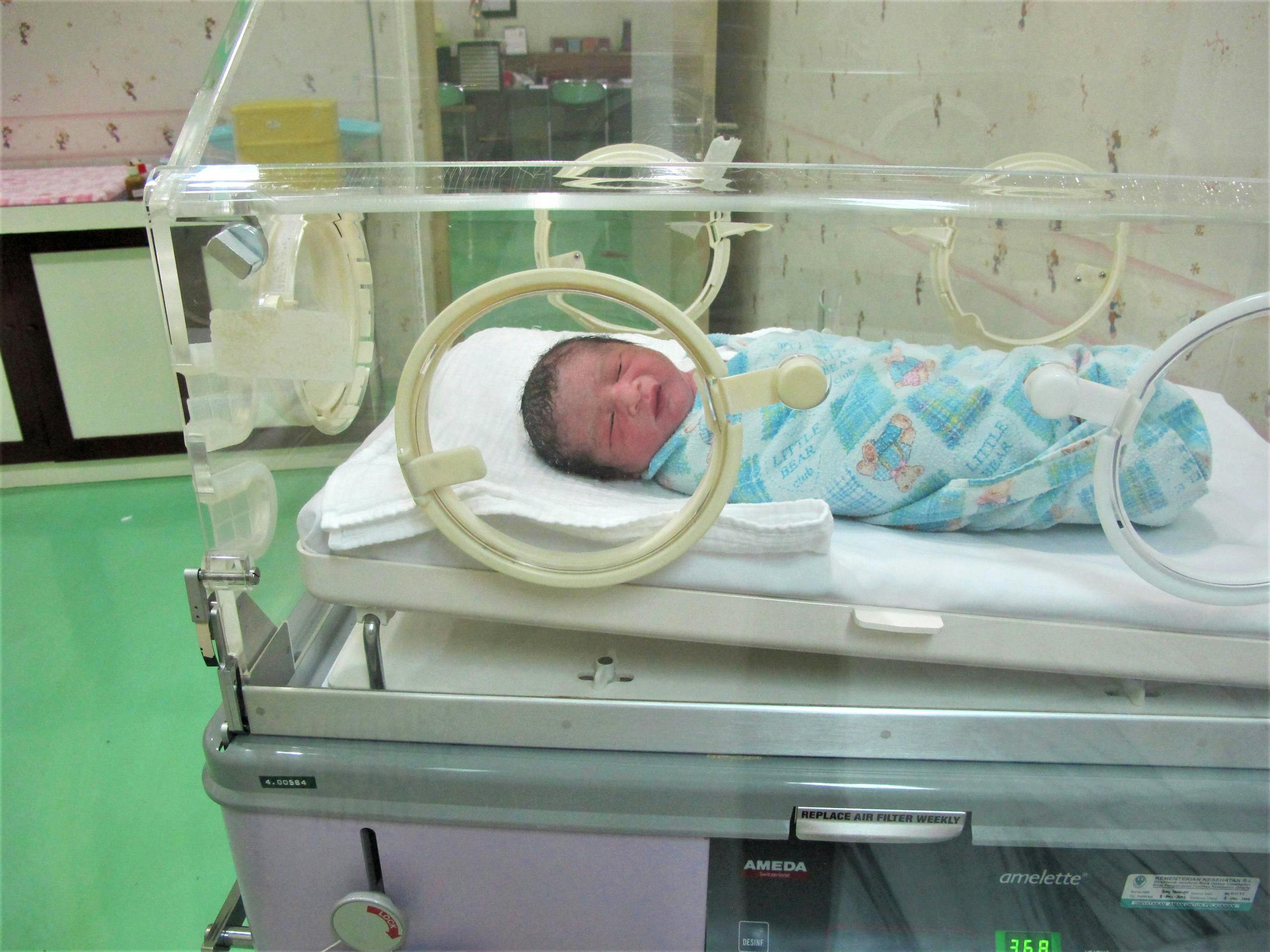When the question, “Will my baby be born too soon?” lodges itself in a parent’s thoughts, it tends to brush everything else aside. The unpredictability of preterm birth evokes a whirlwind of emotions and concerns: breathing issues, developmental outcomes, length of neonatal stays—the anxiety can be relentless and the answers, sometimes, elusive. You may find yourself pacing hospital corridors, dissecting every twitch and cramp, or navigating a sea of contradictory advice. But what does preterm birth really mean for your newborn, and what can you—as a parent—do to meet these challenges head-on, from the first signs to the weeks and months that follow? This comprehensive overview breaks down the realities, dispels confusion, and offers practical strategies—all supported by medical advances and scientific evidence. Expect nuanced discussions of medical terms (explained simply), expert-backed recommendations on prevention and care, and a compassionate acknowledgment of the emotional toll that preterm birth can take on families.
What exactly is preterm birth?
Preterm birth unfolds whenever a baby enters the world before reaching 37 weeks of gestation. While a typical pregnancy stretches close to 40 weeks, shaving off even just a couple of those precious days can have tangible impacts. The spectrum of prematurity is broad:
- Moderate to late preterm: 32 to under 37 weeks.
- Very preterm: 28 to under 32 weeks.
- Extremely preterm: Less than 28 weeks.
Why such distinctions? Because a baby’s organ development—especially the lungs, the digestive tract, and the immune system—hinges on those crucial final weeks. Each week inside the womb bolsters survival odds and resilience.
Worldwide, more than 13 million infants are affected by preterm birth every year. Survival and outcomes swing dramatically depending on timing, available neonatal intensive care, and the presence of underlying risk factors. In regions with advanced technology and access to specialized units, babies have brighter outlooks than ever. Yet, each day gained in utero remains a victory.
Stages of prematurity: When timing defines care
Prematurity is seldom uniform. The nuances between a baby born at 36 weeks and one at 26 weeks could fill volumes. Medical teams categorize preterm birth into layers, tailoring support to each infant’s physiological maturity.
- Mild prematurity (32–37 weeks): Respiratory support might be minimal, but temperature control and feeding support are still key.
- Moderate prematurity (28–32 weeks): Here, breathing support, tube feeding, and stringent infection prevention are typically required.
- Severe prematurity (below 28 weeks): These babies may need advanced mechanical ventilation, intravenous nutrition, and long-term developmental monitoring.
You may wonder: Will my baby walk, talk, or see like other children? Outcomes depend on the interplay of gestational age, interventions provided, and the unique resilience of every newborn.
Preterm birth: causes and risk factors demystified
The origins of preterm birth are layered—sometimes startlingly evident, sometimes wrapped in mystery. Let’s unravel the major threads:
- Medical conditions: Underlying health issues such as diabetes, high blood pressure, kidney disorders, autoimmune diseases, or placenta previa increase the odds.
- Pregnancy complications: Carrying multiples (twins, triplets), infections like urinary tract infection or bacterial vaginosis, and a short cervix as viewed on ultrasound can all spark preterm labor.
- Lifestyle influences: Smoking, substance use, poor diet, significant stress, and physical violence are not just lifestyle choices—they act as physiological triggers.
- Genetic and social factors: Some families may have a genetic predisposition. Communities exposed to higher rates of social adversity or discrimination may see elevated preterm birth rates.
- Environmental contributors: Living near sources of pollution or lacking access to consistent medical care can silently amplify risk.
- Sudden disruptions: Abrupt medical emergencies (think placental abruption) sometimes prompt early delivery without prior warning.
Only rarely can one pinpoint a single culprit. More often, preterm birth results from an intricate fusion of health, circumstance, and chance. This is why consistent prenatal care and tailored interventions make a significant difference, even when not all risks are fully in our control.
Short-term and long-term health effects: what parents should anticipate
Immediate medical challenges after preterm birth
A preterm baby’s lungs may struggle to draw that first gulp of air; their bodies might have trouble staying warm; feeding, a skill requiring intricate coordination, often needs fine-tuning in tandem with medical teams. Among the most immediate complications:
- Respiratory distress syndrome: Underdeveloped alveoli (tiny air sacs) may not produce sufficient surfactant, leading to labored breathing. This can require mechanical ventilation or continuous positive airway pressure.
- Feeding problems: Immature suck-swallow reflexes may render bottle or breast feeding a steep hill to climb.
- Thermal instability (hypothermia): Preterm infants lose body heat rapidly—incubators become vital lifelines.
- Immune vulnerability: A fragile immune response opens the door to infections (such as neonatal sepsis).
- Metabolic instability: Hypoglycemia (low blood sugar), jaundice (due to immature liver function), anemia, and sometimes even intracranial hemorrhage (bleeding in the brain).
Enduring outcomes and the journey into childhood
Surviving the early weeks is just the beginning. As your child grows, you might encounter:
- Delayed developmental milestones: Skills like walking, speaking, or fine motor coordination may develop more slowly. Sometimes physical therapy or early intervention is advised.
- Learning challenges and sensory difficulties: Issues with vision, hearing, or processing information can emerge, more so for those born in the earliest weeks.
- Chronic diseases: Asthma, recurring infections, or even dental issues have a stronger association in former preterms.
- Neurological conditions: In a subset of cases, cerebral palsy or other movement disorders may result from brain injuries incurred during vulnerable periods.
Yet, in the majority of cases—especially with advances in care and rigorous follow-up—children born preterm can thrive, chasing every milestone with unique tenacity.
Advanced neonatal care: supporting preterm babies from the very first breath
The birth of a preterm baby instantly activates a multidisciplinary ballet. Neonatologists, nurses, and sometimes specialized therapists rally to craft a tailored plan, focusing on stabilization and gradual transition toward independent living.
- Incubators and radiant warmers: Protect against cold stress and minimize energy expenditure.
- Monitors: Continuous tracking of oxygen saturation, heart rate, and breathing provides real-time feedback for swift intervention.
- Oxygen and ventilation: From nasal cannulae for mild support to sophisticated ventilators for deeper needs, strategies flex with each baby’s stability.
- Nutritional support: Tube feeding (gavage) and sometimes intravenous nutrition provide energy until oral skills mature.
- Infection surveillance: Regular blood tests, strict hygiene protocols, and prophylactic antibiotics target early warning signs.
Medical technology now goes even further—smart incubators adjust environments automatically, and feeding protocols can be personalized for optimal growth and digestion.
Engaging parents in the care process
Watching a tiny infant in an incubator—with tubes, monitors and softly blinking machines—can stir a potent mix of anxiety and helplessness. But parental involvement isn’t just welcome, it’s transformative.
- Skin-to-skin contact (kangaroo care): Placing your baby directly on your chest, under medical staff’s guidance, enhances heart rate regulation, breathing, weight gain, and even brain maturation. It is a gentle yet powerful therapy.
- Breastfeeding support: Even in the presence of initial feeding challenges, expressing milk and offering it by tube or bottle brings proven immune and developmental benefits.
- Emotional care: Rest is not a luxury—it’s recovery for you, and, indirectly, for your child. Reaching out to counselors, social workers, or parent groups can be a lifeline rather than a sign of weakness.
As one day blurs into the next, every cuddle, every heartbeat felt through thin hospital gowns, becomes part of your newborn’s healing journey.
Prevention: what really makes a difference?
Minimizing the odds of preterm birth isn’t a guarantee, but layers of protection can be added. Think of prevention as a set of interconnected levers:
- Regular antenatal check-ups: Monitoring blood pressure, cervical length, and fetal growth enables early detection and intervention for emerging issues.
- Balanced lifestyle choices: Avoiding tobacco, alcohol, and illicit substances; steering clear of excessive physical strain; ensuring a nutrient-rich diet—these choices matter profoundly.
- Medical therapies for high-risk parents: Progesterone supplementation, cervical cerclage (a procedure to reinforce a weak cervix), corticosteroids to accelerate lung maturity, and tocolytics (labor-delaying medications) are all available when indicated.
- Community and healthcare access: Accessible prenatal care, public campaigns against smoking, and improved support structures lower risk across entire populations.
No one measure stands alone. It’s this thoughtful layering of medical science, community resources, and informed self-care that tips the scale.
Innovations shaping the future of neonatal care
Every year, new technologies and discoveries reshape the landscape of preterm birth:
- Wearable monitors: Lightweight, wireless sensors now enable faster detection of respiratory or cardiac difficulties.
- Feeding tube advancements: Safer, more accurate placements and protocols protect fragile digestive systems.
- Progress in surfactant therapy: Modern synthetic alternatives, delivered even via minimally invasive techniques, reduce trauma and speed up lung readiness.
- Expanded kangaroo care research: Early skin-to-skin contact is encouraged, not only for extremely preterm infants but now also those in more stable condition, thanks to robust clinical evidence supporting its neurodevelopmental benefits.
These breakthroughs offer hope and, more importantly, concrete gains in health and comfort for preterm infants and their families.
Navigating preterm labor and immediate interventions
If preterm labor begins, swift action matters—but so does personalizing every step.
- Tocolytics: Medications to buy time (often just days) so that vital treatments can be administered.
- Antenatal corticosteroids: To boost the baby’s lung development, reducing the risk of respiratory distress.
- Magnesium sulfate: A targeted defense for the developing brain, especially before 32 weeks.
- Antibiotics: When membranes rupture early, infection prevention becomes a top priority.
- Transfers to higher-level centers: Whenever needed, moving mother and baby to a specialized facility can make a defining difference in outcomes.
From that first contraction through to delivery and NICU admission, every procedure and medication is tailored—not only to gestational age but to family preferences and evolving needs.
Long-term journey: life after preterm birth
The story doesn’t end at discharge—quite the opposite. Regular developmental check-ups, access to early intervention services (including physiotherapy, speech therapy, and occupational therapy), and targeted educational support empower former preterm infants to bridge the gap with peers over time.
Parents, too, ought to find ongoing mental health support, peer discussion groups, and credible sources of guidance. Remember: parental resilience shapes a child’s recovery and confidence, fostering a positive spiral well beyond the NICU.
Key takeaways
- Preterm birth encompasses a wide range of challenges, but with the right care and support, families can overcome significant hurdles.
- Modern advances in neonatal intensive care, tailored nutritional support, and parent participation—such as kangaroo care—transform both short- and long-term outcomes.
- Preventing preterm birth relies on a web of medical, social, and individual strategies, with a strong emphasis on regular prenatal care and healthy lifestyle modifications.
- The emotional journey is every bit as significant as the medical path—availability of psychological resources and community support is essential for well-being.
- For further guidance, reassurance, and personalized health advice—including free child health questionnaires—download the Heloa app.
Ultimately, preterm birth can transform a family’s expectations in unpredictable ways. Yet with vigilance, up-to-date medical science, and ongoing support, even the smallest beginnings can lead to extraordinary journeys.
Questions Parents Ask
Can preterm birth run in families?
In some cases, a family history of preterm birth can slightly increase the likelihood of experiencing a similar situation. However, genetics are just one piece of the puzzle—many factors, like maternal health, environment, and individual pregnancy circumstances, also play key roles. If there’s this kind of background in your family, don’t hesitate to discuss it openly with your healthcare provider, who will be attentive to your specific needs and may suggest personalized monitoring throughout pregnancy.
Are there ways to spot the early signs of preterm labor?
Yes, certain symptoms may be a sign that labor could begin sooner than expected. These might include regular contractions, lower back pain, pelvic pressure, changes in vaginal discharge (such as more discharge or a watery/mucus-like consistency), or mild abdominal cramps. It’s always better to seek advice if something seems different or worrisome—trust your instincts. Healthcare professionals are there to listen and provide guidance at every stage.
How does having a preterm baby affect parents emotionally?
The experience can bring a mix of intense emotions: hope, worry, fatigue, and sometimes even guilt. These feelings are completely normal, and you are not alone. Many parents find comfort in connecting with support groups or talking with professionals who understand the challenges of navigating life in the neonatal unit and beyond. Rassurez-vous, finding the right help and a sympathetic ear can make all the difference as you move forward, day by day.

Further reading:









